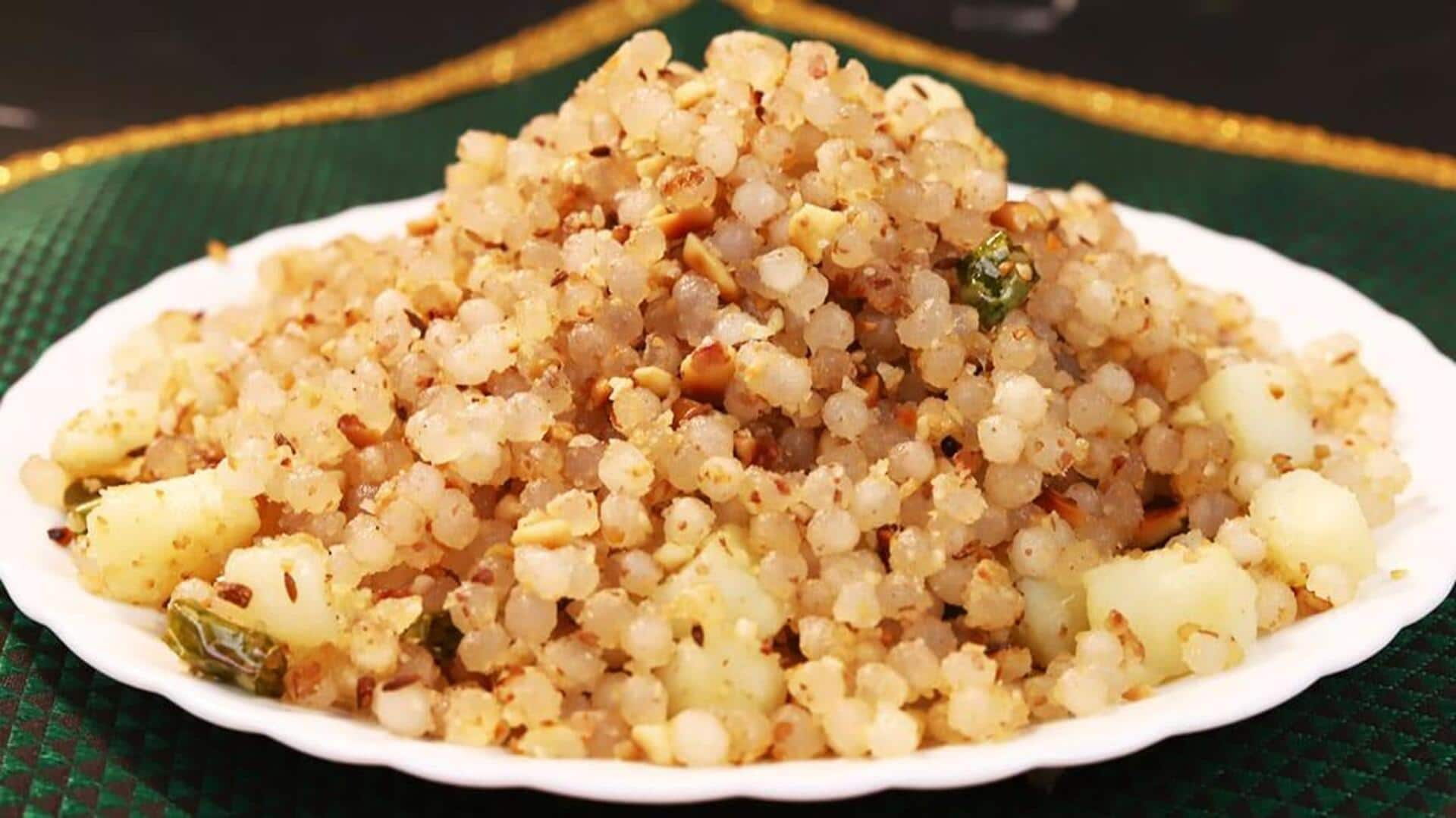
Sabudana's history: From humble beginnings to kitchen staple
What's the story
Sabudana, or tapioca pearls, has been a staple in Indian kitchens for centuries. From being a humble ingredient to a versatile kitchen staple, sabudana has come a long way. Used in fasting recipes, sabudana has been a part of Indian cuisine for centuries. Today, it is loved for its adaptability and unique texture. Here's a look at the evolution of sabudana in Indian kitchens.
#1
Historical origins of sabudana
Sabudana originated from the cassava root, which is native to South America. It came to India via trade routes and became an integral part of local diets. Historically, sabudana was used mainly during fasting periods because of its lightness on the stomach and energy-boosting properties. Over time, it found its way into regular meals due to its versatility.
#2
Nutritional benefits and uses
Sabudana is a rich source of carbohydrates, making it an excellent energy booster. It is low in fat and contains no cholesterol, making it a healthy choice for many. The pearls can be transformed into various dishes such as khichdi or vadas by soaking them properly. This adaptability makes sabudana a favorite among home cooks looking for quick yet nutritious meal options.
#3
Cultural significance in festivals
In India, sabudana is synonymous with festivals and religious fasts. It is prepared in a number of ways according to regional customs and traditions. Be it sabudana khichdi or sabudana vada, these dishes have become synonymous with celebration and community gatherings. The cultural importance of sabudana goes beyond its culinary use; it is a symbol of tradition and togetherness.
#4
Modern culinary innovations
As Indian cuisine continues to evolve, so does the use of sabudana in modern recipes. Chefs experiment with innovative dishes that incorporate these pearls into salads or desserts like puddings or kheer. This experimentation highlights the ingredient's versatility while catering to contemporary palates seeking new flavors and textures.